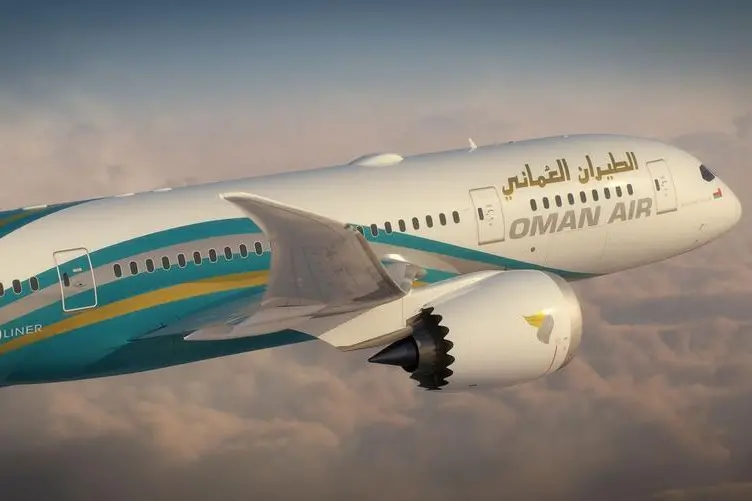PHOTO
Muscat – Oman Air is no longer in a shrinking phase. Under the leadership of its new CEO Con Korfiatis, the airline has made significant strides in restructuring its operations and setting the stage for future growth. “We’ve made swift progress in right-sizing the business for where we need to be today,” said Korfiatis, reflecting on the changes implemented since May 2024 in an interview with Aviation Week Network, a multimedia information and services provider for the global aviation industry.
The focus now, he emphasised, is on competitiveness. Once the airline’s cost base is optimised, it will be ready to expand again.
Korfiatis, who previously led Saudi low-cost carrier flyadeal, stepped in during a critical time for Oman Air. The airline, burdened by accumulated debt and operational losses, undertook a major transformation plan in August 2023, aimed at creating a more sustainable and efficient business model.
Key steps included exiting loss-making routes and simplifying the fleet. “Our recent network adjustments were essential for building a strong foundation. While we’ve temporarily left some markets, we’ll consider re-entering them when conditions improve,” Korfiatis explained.
The airline’s transformation isn’t just about cutting back – it’s preparing for a strategic expansion. By 2025, Oman Air plans to grow through higher utilisation of its narrow-body fleet, with new routes set to be announced in Europe and the Middle East. Korfiatis is confident that the airline’s shift towards a leaner operation will pay off. New aircraft are joining the fleet soon, which will support the expansion plans.
An essential part of the strategy is its forthcoming membership in the Oneworld alliance. Korfiatis sees this as a game-changer, allowing the airline to extend its global reach without having to operate every route on its own. “Joining Oneworld will greatly enhance our network, especially in Europe and the Far East, and open up new opportunities in Africa and the United States,” he said. This partnership will offer passengers greater connectivity and travel options across a much wider network.
In addition, Oman Air’s collaboration with local budget airline SalamAir will strengthen its regional presence. The two airlines are leveraging synergies to offer seamless travel experiences across a more comprehensive network, particularly in the Middle East.
Looking ahead, Oman Air is transitioning to an all-Boeing 737-8 fleet by 2026, phasing out its older 737-800s and 737-900s as leases expire. This move will allow the airline to operate more efficiently, particularly on short and medium-haul routes. “Narrow-body aircraft offer excellent economics for these routes, and we’re looking at significant potential in markets like Europe, the Indian Subcontinent and Asia-Pacific,” Korfiatis said.
The transformation plan has already yielded results. By February 2024, Oman Air reported a 25% reduction in losses, credited to a series of strategic measures and decisions. H E Said bin Hamood al Mawali, Minister of Transport, Communications and Information Technology and Chairman of Oman Air’s Board of Directors, has highlighted the airline’s efforts to optimise fleet size and adjust its destination network to better align with its long-term goals.
© Apex Press and Publishing Provided by SyndiGate Media Inc. (Syndigate.info).























